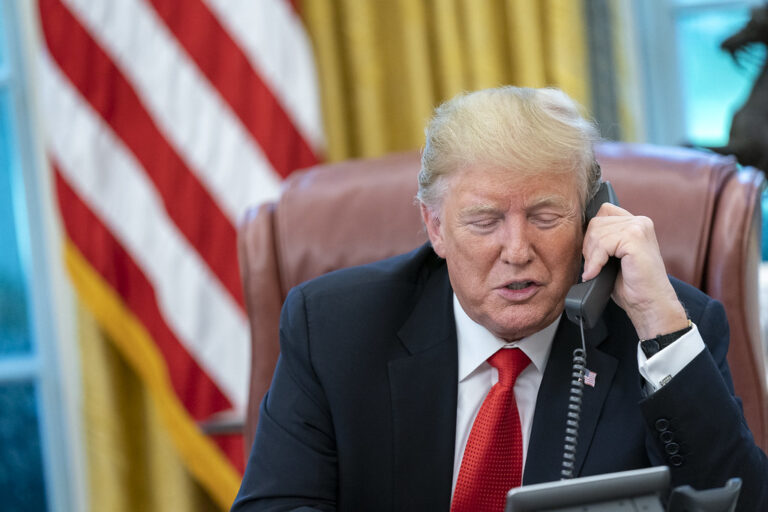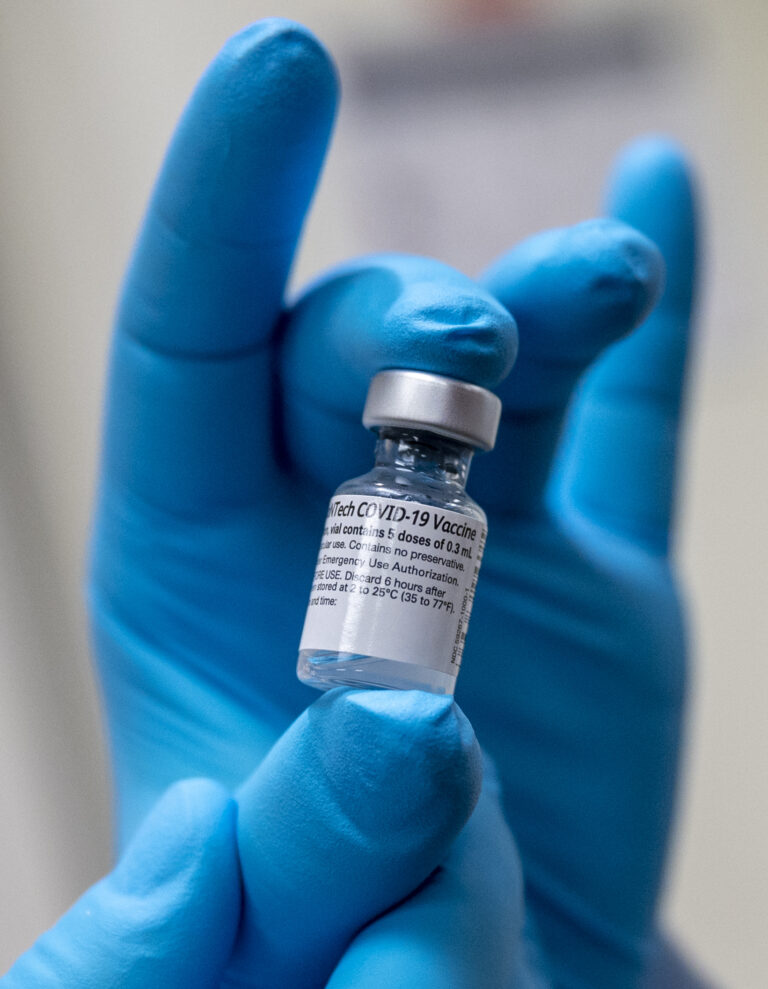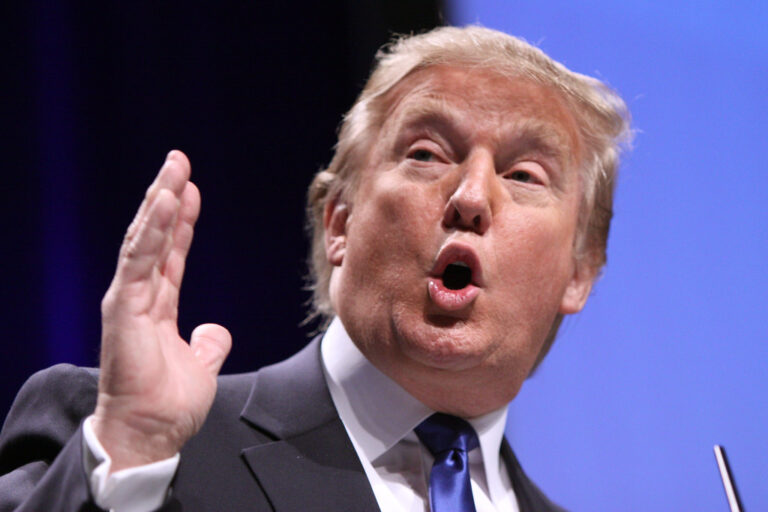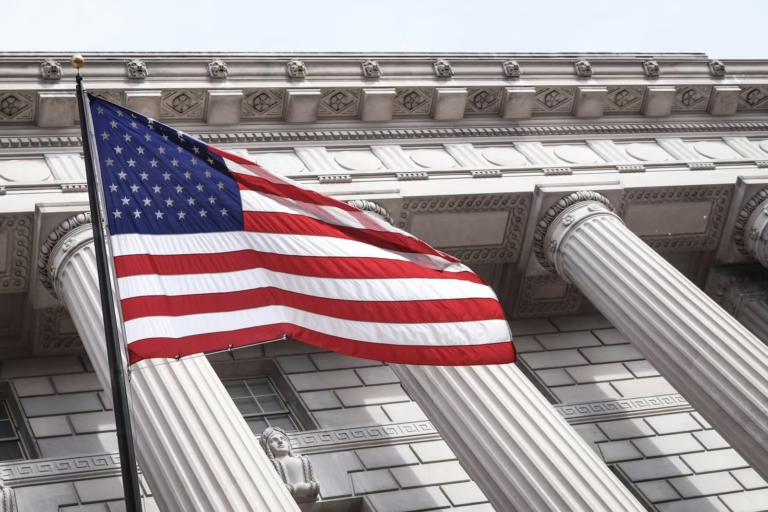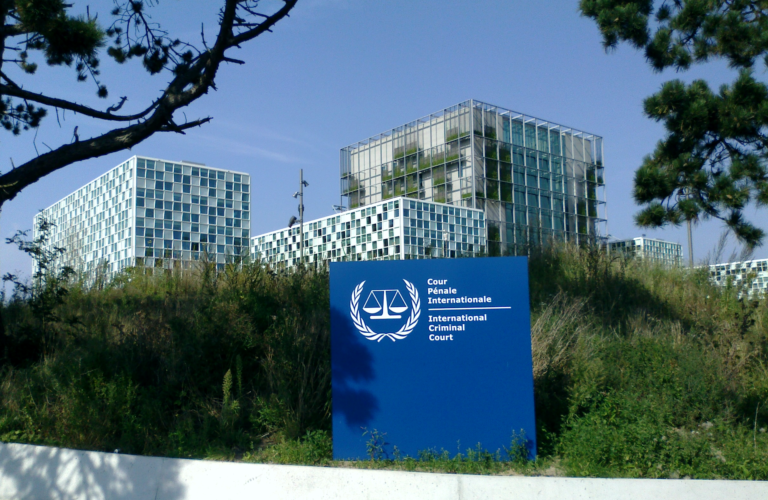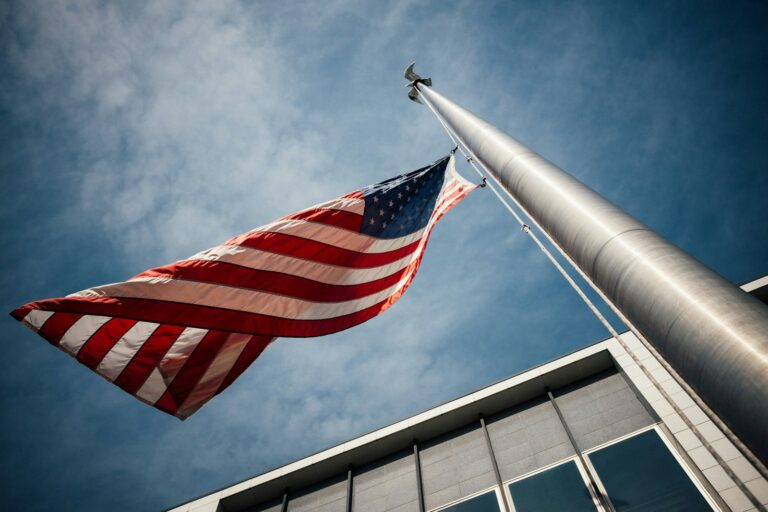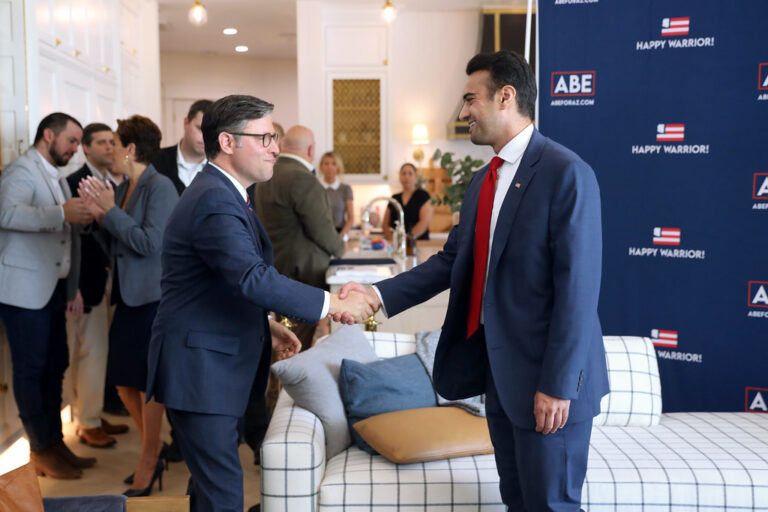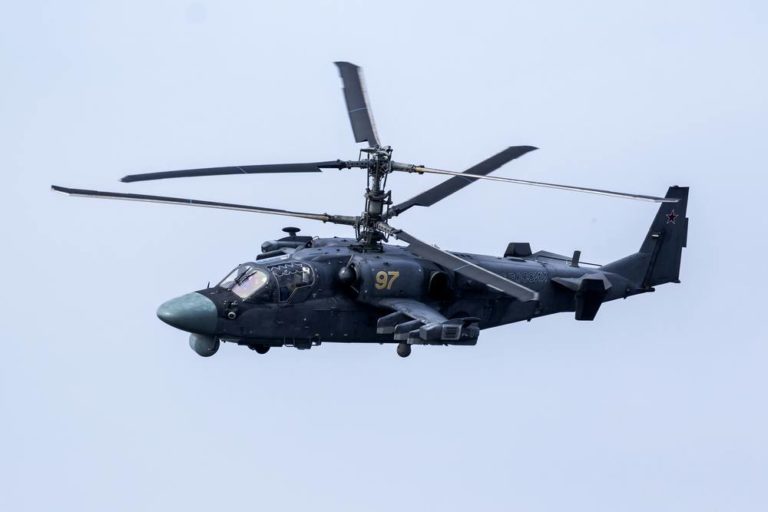Key Takeaways:
- Former President Trump plans to meet with Democratic leaders this week.
- The meeting comes as Congress faces a possible government shutdown.
- A White House official confirmed the meeting, but details remain unclear.
- Lawmakers are struggling to agree on a spending deal to keep the government open.
Trump Shutdown Meeting: What’s Going On?
As talk of a government shutdown grows louder in Washington, former President Donald Trump is stepping into the spotlight. According to two people familiar with the plan, Trump is preparing for a significant meeting with Democratic leaders this week. This comes amid serious worries that Congress won’t reach a spending deal in time to avoid a shutdown.
While there’s still no official date or location for this political meet-up, a White House official says it will likely happen soon. With time running out, all eyes are on how this Trump shutdown meeting could impact the future of government funding.
Why Is a Government Shutdown Possible?
A government shutdown happens when Congress can’t agree to fund federal agencies. If lawmakers don’t pass a spending bill before the deadline, many parts of the government will stop working. This could include national parks, fast passport services, and even pay delays for military and federal workers.
Right now, Republicans and Democrats are locked in a sharp disagreement. Some lawmakers want deep budget cuts, while others say that would hurt families and critical services. Meanwhile, Trump’s involvement could either bring a breakthrough or add more fuel to the fire.
Who Will Trump Meet With?
Although the finalized guest list hasn’t been made public, the meeting will likely include top Democratic lawmakers. That may mean key leaders like Senate Majority Leader Chuck Schumer and House Minority Leader Hakeem Jeffries could be at the table.
For Trump, this discussion might be his way of influencing political headlines again—and maybe even shaping government outcomes without holding any official position. Regardless of his motives, the Trump shutdown meeting has everyone buzzing about what the former president might say or do next.
Could Trump Help End the Shutdown Crisis?
It’s unclear whether Trump wants to help stop a potential shutdown or use it as a political moment. Some believe he could pressure Republicans in Congress to take a stronger stance on spending. Others think he may try to paint Democrats as unwilling to compromise.
One thing is certain: Trump knows how to draw attention. Whether through media appearances, rallies, or surprise meetings like this one, the former president continues to influence key national conversations.
Shutdown Drama: What’s at Stake?
If Congress doesn’t act, the government could shut down sooner rather than later. That would mean:
- Federal workers might not get paid on time.
- National parks and museums could close.
- Social Security and Medicare support may face delays.
- Government-backed loans and services could be disrupted.
Millions of families, workers, and businesses could feel the effects quickly. That’s why the Trump shutdown meeting is so important—it may be one of the last big moves before the clock runs out.
How Have Democrats Reacted?
Democrats have been mostly tight-lipped about the meeting. However, they continue to push for a clean spending bill without steep cuts. Many are also cautious of Trump’s involvement, worried that he may push for policies that benefit his 2024 campaign instead of solving real issues.
Still, Democratic leaders are going to the table, hoping to find a compromise. While President Biden hasn’t commented on Trump’s planned meeting yet, the Biden administration is under major pressure to avoid a shutdown on their watch.
What Are Republicans Saying?
Republican leaders remain divided. Some want to support Trump’s approach and demand major spending cuts. Others fear a shutdown could hurt public opinion and affect their chances in future elections.
The Trump shutdown meeting could be a key moment in defining which side wins out. If Trump calls for a hardline stance, many Republicans may follow. On the other hand, if he’s more flexible, it might open the door to a solution.
Will This Meeting Change Anything?
That’s the big question. Often, high-stakes meetings like this either lead to major breakthroughs or get stuck in disagreements. With limited time left on the clock, every move counts.
Political experts argue that Trump’s strategy will likely aim to benefit him most—either by saving the day or blaming others for the crisis. But if both sides can focus on citizens’ real needs, the Trump shutdown meeting might be just what’s needed to turn things around.
The Bigger Picture
This isn’t the first time the U.S. has faced a shutdown risk. In fact, it’s become a familiar storyline every few years. But this year feels different. With election season heating up and the public growing tired of political games, pressure is higher than ever.
Trump’s return to the center of this drama also makes the stakes harder to predict. Whether he’s helping or hurting the process, no one can deny that he’s once again steering the spotlight.
What Happens Next?
Lawmakers are racing against the clock to pass a spending deal. The meeting between Trump and Democratic leaders could be one of the final high-profile attempts to find a path forward.
In the coming days, we’ll learn more about what was said, who attended, and whether any real progress was made. Until then, many Americans are watching and wondering how the Trump shutdown meeting could change their paychecks, their services, and their future.
FAQs
What is a government shutdown?
A government shutdown happens when Congress doesn’t agree on a budget. This causes federal services to stop or slow down.
Why is Trump involved if he’s not president?
Trump remains a powerful figure in the Republican Party. His opinions often influence lawmakers and public behavior.
When will the shutdown happen?
If lawmakers can’t make a deal, the government could shut down within days. There’s no exact date yet, but time is running out.
Can the meeting with Trump really stop the shutdown?
Possibly. If it leads to cooperation between lawmakers, a shutdown might be avoided. But it could also deepen disagreements.

